Rachel Alexander's Blog, page 381
October 19, 2016
a-gnosis:
I was asked to draw a cover for the next issue of...

I was asked to draw a cover for the next issue of Bild & Bubbla, the magazine of the Swedish Comics Association. Obviously I never get tired of Persephone plus snakes plus wheat and poppies. ^^
October 18, 2016
a-gnosis:
Here’s some more from Greek Myths and Mesopotamia:...
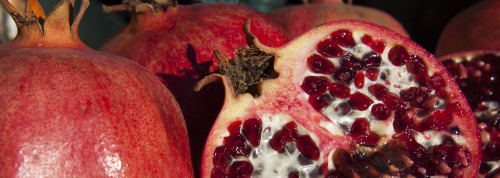

Here’s some more from Greek Myths and Mesopotamia: Parallels and Influence in the Homeric Hymns and Hesiod by Charles Penglase (btw, I’m not saying that I always agree with his interpretations, but I think it’s an interesting read):
One interpretation of the Homeric Hymn to Demeter is that it follows the concept of the initiation of a girl into female adulthood, specifically initiation by rape, in the sense of the violent sexual act. Penglase argues that this interpretation is not supported in the hymn or by the Mesopotamian stories, and that it misses the point of what is essentially a Greek religious work which has the purpose of celebrating the deities of Eleusis and the Eleusinian mystery cult in Attica.
When Persephone is reunited with her mother she is presented as the same figure as before the abduction. Though Hades has given her powers over the netherworld and the upperworld, and she now clearly is his wife, she is not presented as the awful netherworld queen portrayed by Homer in the Iliad and the Odyssey, but as the child of the mother goddess Demeter. It is also clear that no violent sexual act is involved. When Persephone tells her mother about her abduction she makes no allusion to such, nor is her attitude to Hades hostile. The author of the hymn makes no allusion to any such thing, either.
Actually, Penglase means that one possible interpretation of the scene when Hermes enters the presence of Hades and his wife sitting together in bed, is that the marriage has not been consummated:
And he found that lord within his house,
sitting in bed with his revered wife,
much reluctant because of longing for her mother.
“However, if the other interpretation is correct, that the tableau of the two sitting in bed is meant to indicate that they are now completely married, there is in this scene still no indication of the sadistic tyrant and rapist that one would expect in the light of some studies. Indeed, the evidence indicates quite the opposite of violence. While Hades is indeed masterful, the relaxed and even compassionate nature of his demeanour is emphasized especially by lines 357-69. In addition, Persephone is certainly no maltreated or hostile victim here. The picture presented is rather that of a homesick girl, reluctant certainly but, as stated in the text, for the simple reason that she longs to see her mother, from whom she has been separated without warning (line 344). This accords with the thematic basis of Persephone’s role in the hymn and is also in concert with the Mesopotamian origins of this cultic story of the lost child of the mother goddess in the netherworld, which seems to be the primary foundation stone of the whole work and is borne out in every passage which has to do with Persephone.”
The pomegranate seed that Hades gives Persephone is, according to Penglase, probably meant as a love-charm to make her reciprocate his love and desire for her.
October 17, 2016
coloricioso:
kata-chthonia:
myirrelephantlife:
You know what I love about the Persephone/Hades...
You know what I love about the Persephone/Hades myth?
We learn about it in school, and it’s always that when Persephone is with Hades it’s winter and when she goes back to her mother summer comes back.
But like…they have a Mediterranean climate. They don’t even really have winter.
So when people in the throes of a terribly cold and snowy winter plead with Persephone to go back to her mom that’s totally not what the Greeks were thinking about.
And further:
Those of us in Mediterranean climate zones who have been seriously affected by drought might be the ones who have the most cause to beg her return during the time of year when we’re supposed to have rain. It would, at the very least, have historical precedence.
In Ancient Greece, specifically in Attica, the rains stopped in the summertime and the heat rose to a level where it would kill off all the wheat. For four months they were unable to grow anything.
The celebration of Skirophoria in mid-June/July marked the start of this season and the ancient Greeks would petition Demeter to not grieve her daughter’s loss too hard as it would whither and cut short the last days of crop’s productivity.
Thesmophoria, which marks Persephone’s return, coincided with the start of the rains in October and the planting of the winter wheat crops, which would be harvested in February and the crop replaced with the warm weather wheat that would be harvested in July. Thanks to these two crops and the bounty of olives that came to fruit at the same time, Attica was the bread basket of Ancient Greece until the Hellenistic era.
Now that we are in the midst of the most severe drought my part of the world has seen in over 120 years, and considering that the western half of the United States is one of the bread baskets of the world (and California the world’s fruit basket) perhaps petitioning Persephone to return might not be such a bad idea.
Then again, she’s an all-powerful goddess and if she decides to stay at her husband’s side, who are we to ask that she return? Maybe she’s trying to tell us to stop poisoning and ravaging her beloved earth.
More excellent info on the seasons topic!
a-gnosis:
Shimmering-throned immortal Aphrodite,Daughter of...
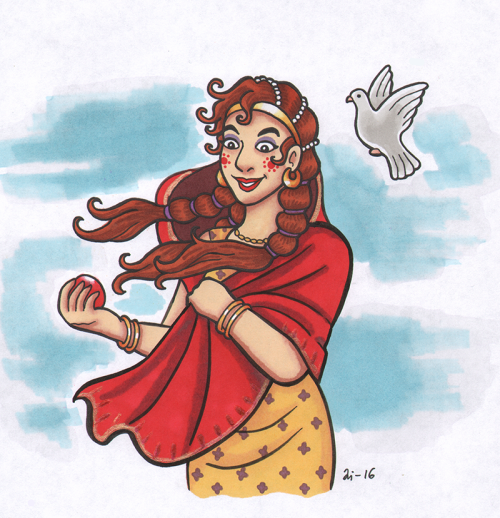
Shimmering-throned immortal Aphrodite,
Daughter of Zeus, Enchantress, I implore thee,
Spare me, O queen, this agony and anguish,
Crush not my spiritWhenever before thou has hearkened to me–
To my voice calling to thee in the distance,
And heeding, thou hast come, leaving thy father’s
Golden dominions,With chariot yoked to thy fleet-winged coursers,
Fluttering swift pinions over earth’s darkness,
And bringing thee through the infinite, gliding
Downwards from heaven,Then, soon they arrived and thou, blessed goddess,
With divine contenance smiling, didst ask me
What new woe had befallen me now and why,
Thus I had called the.What in my mad heart was my greatest desire,
Who was it now that must feel my allurements,
Who was the fair one that must be persuaded,
Who wronged thee Sappho?For if now she flees, quickly she shall follow
And if she spurns gifts, soon shall she offer them
Yea, if she knows not love, soon shall she feel it
Even reluctant.Come then, I pray, grant me surcease from sorrow,
Drive away care, I beseech thee, O goddess
Fulfil for me what I yearn to accomplish,
Be thou my ally.
Sappho’s “Hymn to Aphrodite”, translated by Edwin Marion Cox, 1925. The poem is written as a prayer and incantation, and Christopher Faraone points out in Ancient Greek Love Magic that it has many similarities to ancient Greek erotic spells.… I tried to draw a pattern on Aphrodite’s veil thing with my gold gel pen, but as you can see that didn’t go so well.
October 16, 2016
a-gnosis:
In my research for my next comic I read the book...
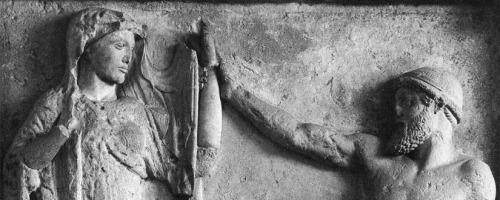

In my research for my next comic I read the book Sacred Marriage in the Rituals of Greek Religion by Aphrodite Avagianou (European University Studies, series 15, Classics, Vol.54, Peter Lang, 1991), and I thought that I should say a few words about it.
Avagianou has a little different interpretation of hieros gamos (sacred marriage) than the majority of scholars before her, who have seen the ritual’s purpose to be the promotion of fertility, in the context of agriculture and vegetation of the nature. Rather, she sees it as a ritual of initiation and a rite of passage. “Human marriage as an institution of human society is guaranteed and sanctified by the model of sacred marriage; the latter borrows from the former all the necessary formalities of a wedding rite.”
According to Avagianou, sacred marriage presupposes the following specific fundamentals:
A wedding ceremony performed as if it were a human one.
Immortal nature of both of the partners.
A permanent marital union.Following these principles, Avagianou argues that the union of Demeter and Iasion, interpreted as a hieros gamos by previous scholars, does not belong here. Nothing indicates that Iasion was immortal and the union didn’t last. Another important detail is Demeter’s active role: “Homer, our earliest source, makes it clear that in the Cretan tradition it was Demeter who took the initiative in attracting Iasion’s interest for her. This detail is sufficient to overthrow the interpretation of this case as a hieros gamos, since it is contrary to the rules of Greek gamos - it may belong to Minoan religion: the female makes the choice. This has absolutely nothing to do with marriage and its arrangement as seen by Greeks, where the male plays the active role; and for Greeks, hieros gamos is modelled on the human one.”
Likewise, she dismisses the union of Dionysus and the Basilinna at Athens. According to Avagianou, sacred marriage modelled upon human marriage occurs solely in the cases of Zeus and Hera, and of Hades and Kore-Persephone, but she sees them as two different kinds of hieros gamos. The union of Zeus and Hera is the prototype of the typical marital union, while Kore’s abduction by Hades is the mirror of human feelings prevailing in this social institution: "The events of premature marriage to an unknown husband at the command of a callous and remote father and the traumatic separation of mother and daughter fall to the same extent upon Kore and the human bride as well.“
While this book was a quite interesting (though sometimes a bit difficult) read, I can’t help to feel that something is missing when you interpret these things solely in relation to ancient Greek marriage customs (just as the agricultural and fertility interpretations alone wouldn’t feel like the whole explanation, either).
Image: relief believed to depict the marriage of Zeus and Hera, 470 BCE.
October 15, 2016
coloricioso:
a-gnosis:
Persephone from The Asphodel Bride by...
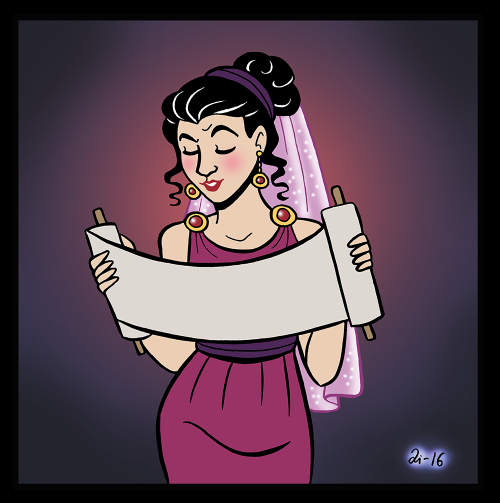
Persephone from The Asphodel Bride by coloricioso. Congratulations for finishing the draft for your book!
Here you can see a sort of preview of the story.
The pose is a bit inspired by this vase painting.
UvU never tired of reblogging this yesss
October 14, 2016
coloricioso:
HadesxPersephone inktober 2016: weaving, papyrus,...
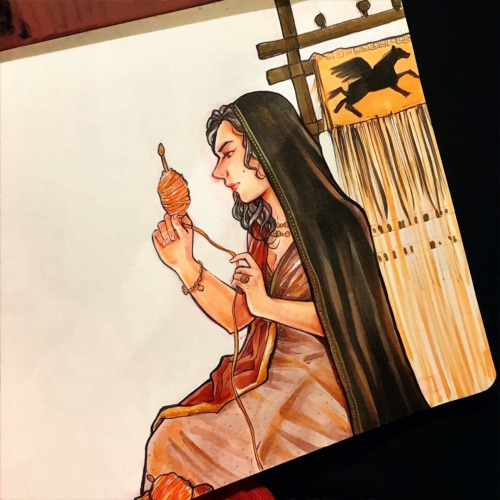
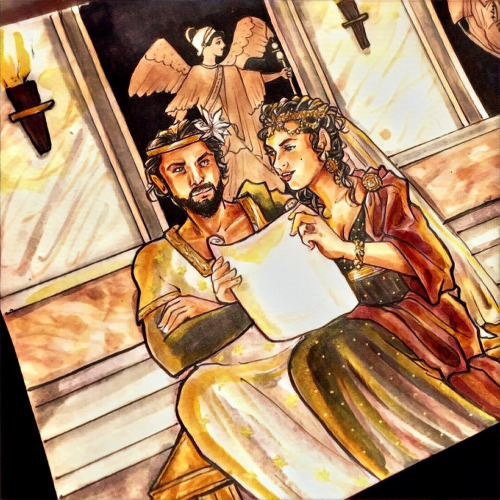
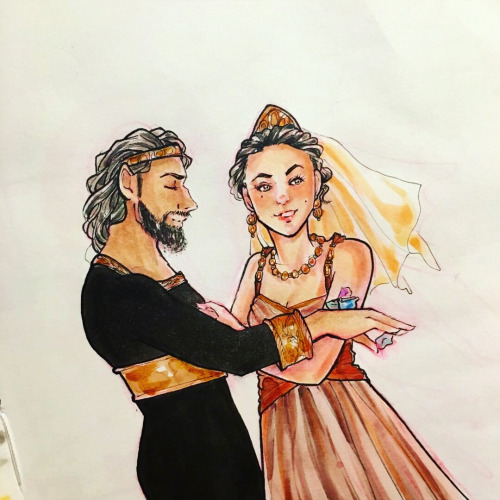
HadesxPersephone inktober 2016: weaving, papyrus, knucklebones.
I love them way too much UvU my babies ❤️
October 13, 2016
rinshue:
Pom queen
October 12, 2016
He’s here! After 39 weeks and 3 days in the womb, and 19...




He’s here! After 39 weeks and 3 days in the womb, and 19 hours of labor…
William Lee, born 10/12/16 at 7:43 am.
8 lbs., 12 oz., and 21.25" long.
I’m spending the next couple of days recovering in the hospital. We’re all doing good: my husband, me and the baby (whose fast asleep right now) and we want to thank you for your support!
Much love,
Rachel Alexander
coloricioso:
Hades and Persephone - inktober 2016 days 5,6,7,8:...
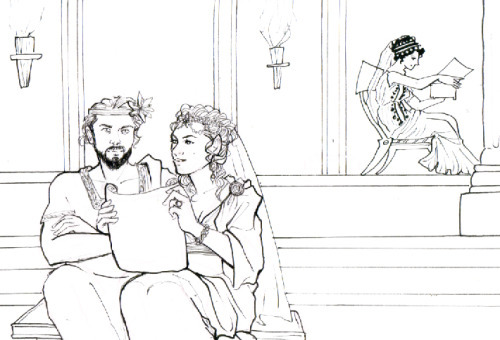
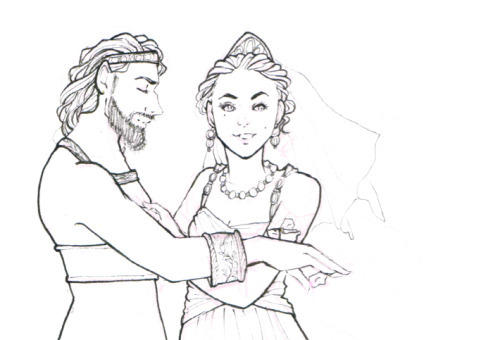
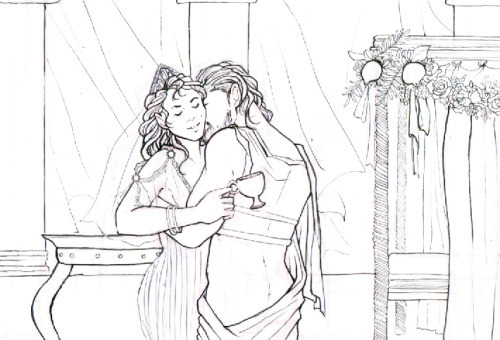
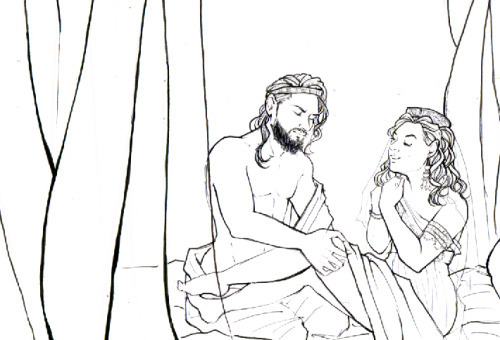
Hades and Persephone - inktober 2016 days 5,6,7,8: Someone stop these 2 plase! \(º □ º l|l)/ why so adorkable, why?




